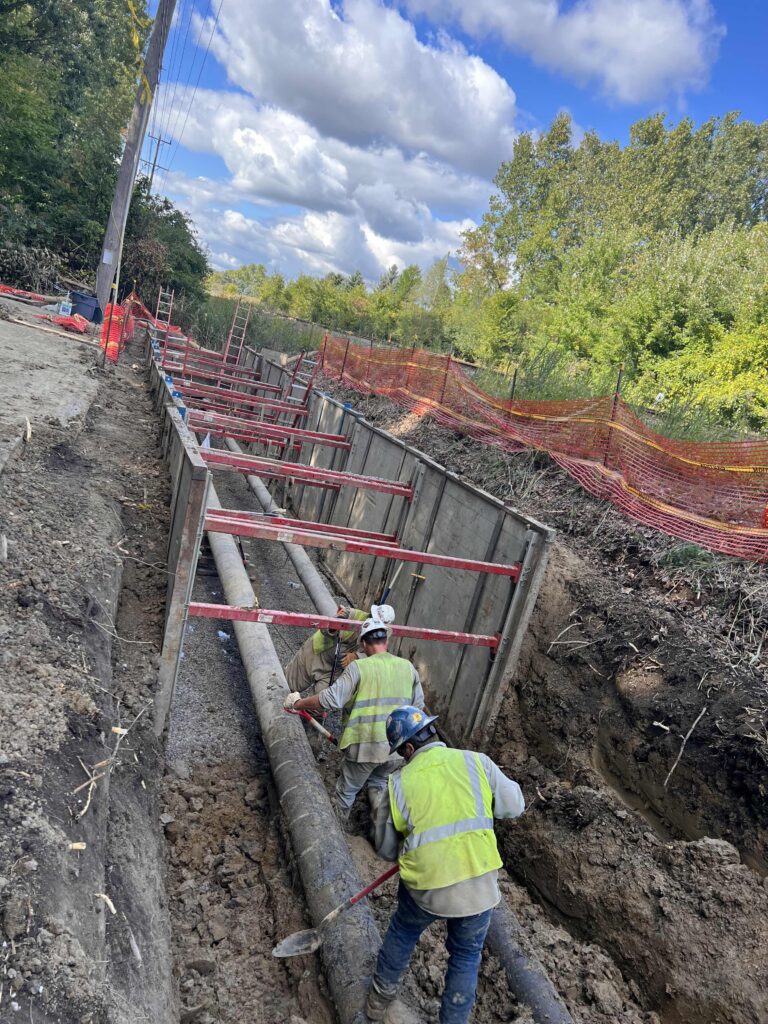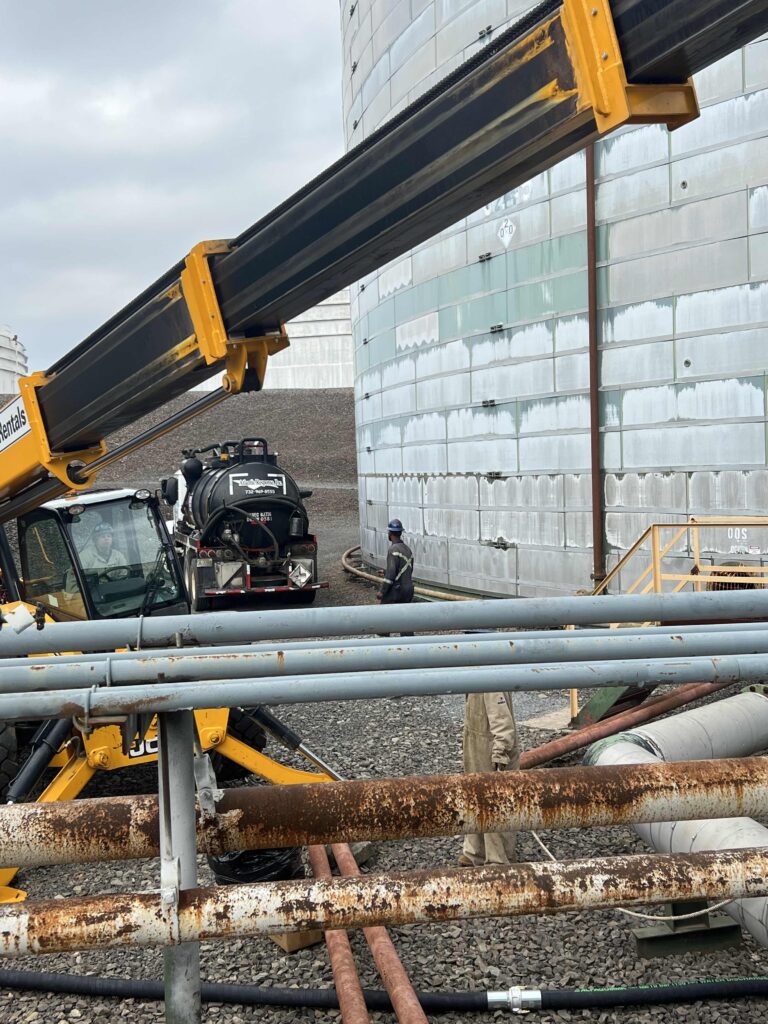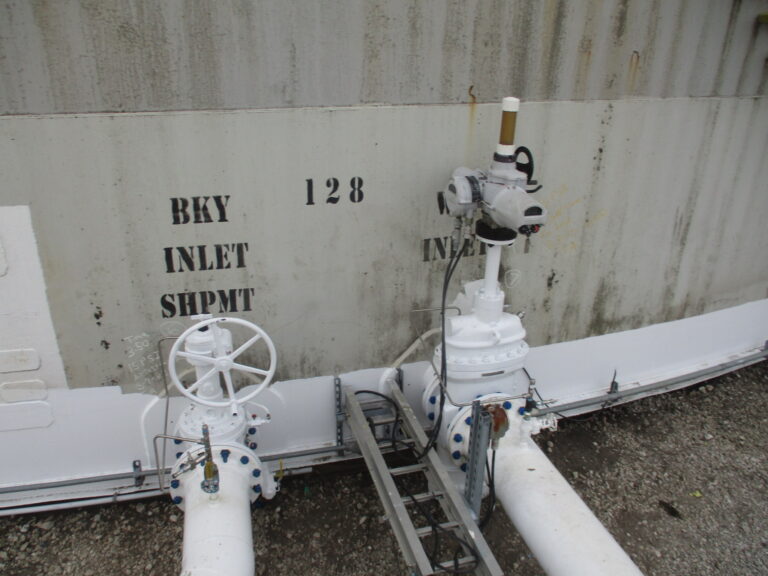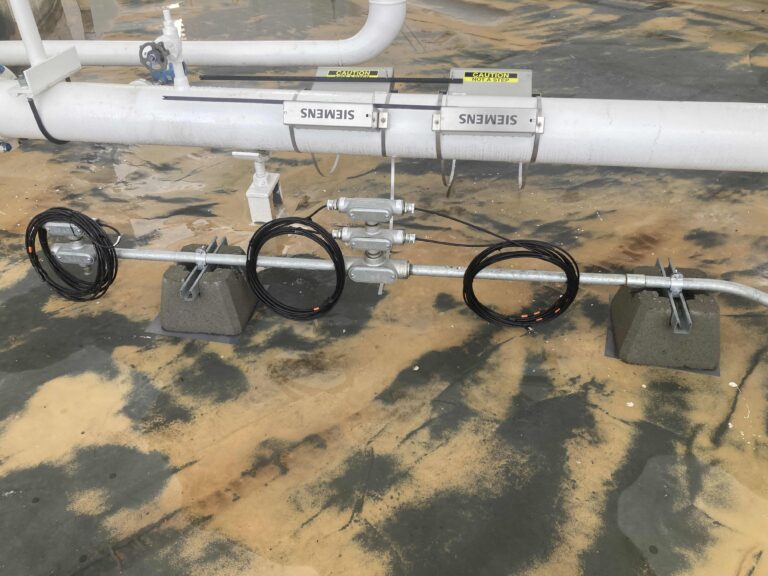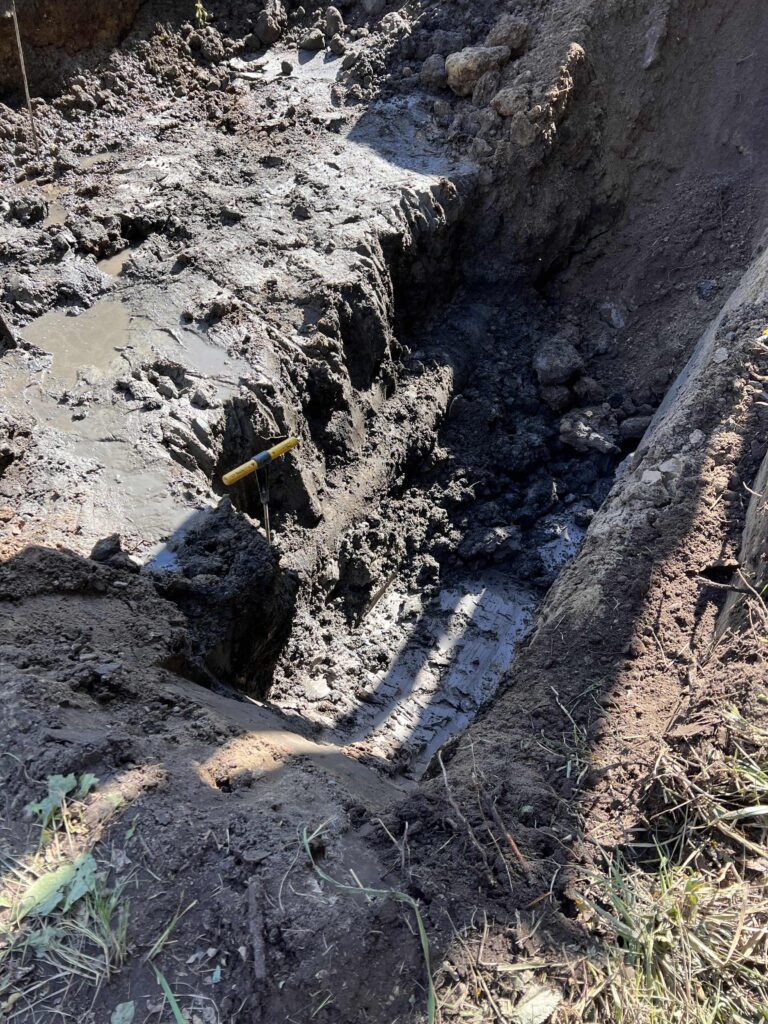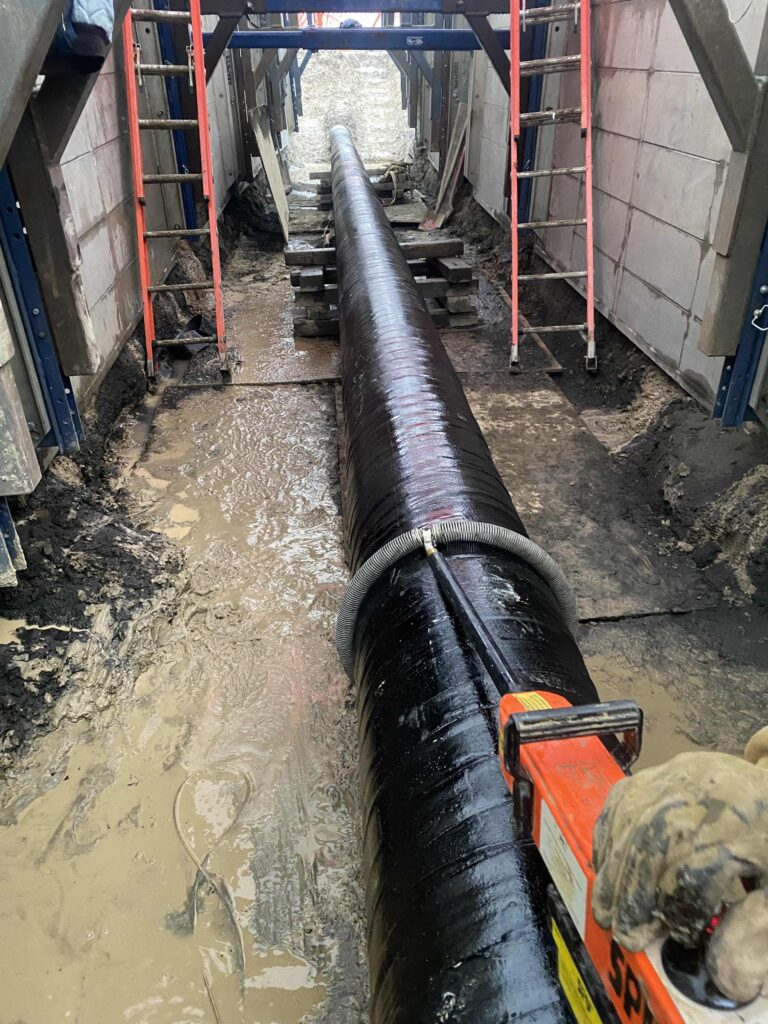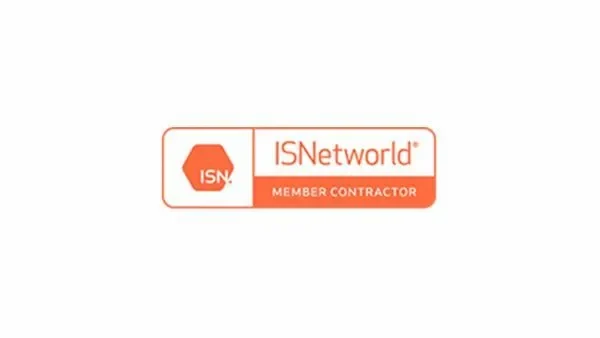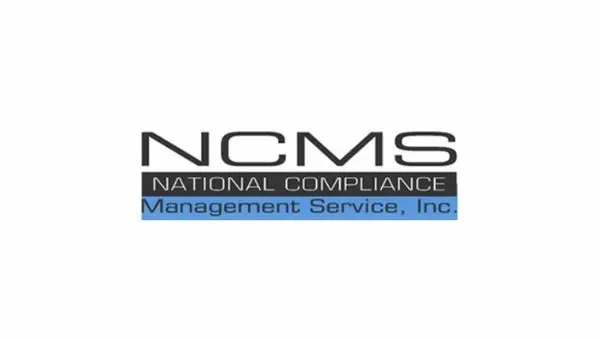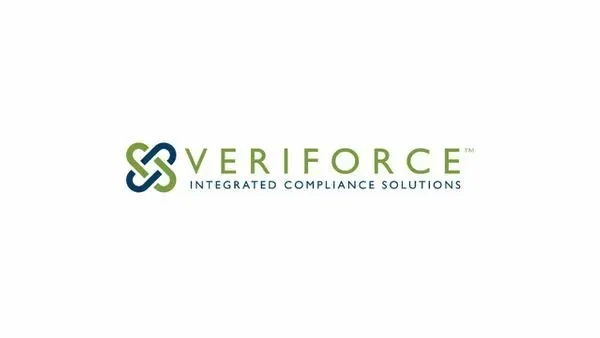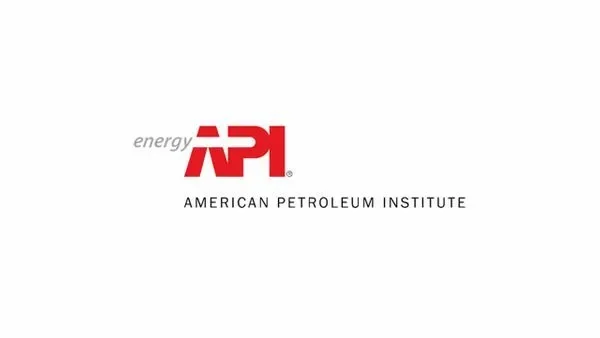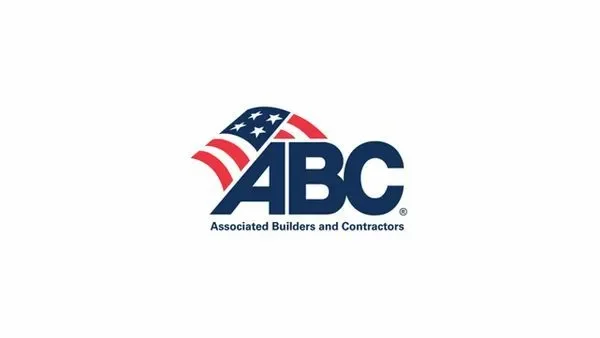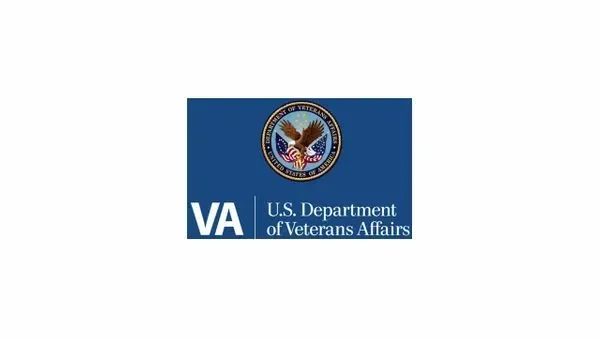Safety remains paramount in oil and gas construction due to the inherent high-risk nature of the industry. Here, we explore best practices to enhance safety, mitigate risks, and protect all stakeholders involved.
Implementing Rigorous Training Programs
Investing in comprehensive training is fundamental. Workers must be thoroughly educated on safety procedures, hazard recognition, and emergency response to navigate the complex landscape of oil and gas construction safely.
Adhering to Industry Standards
Strict adherence to established safety standards and regulations, such as those outlined by the Occupational Safety and Health Administration (OSHA) and the American Petroleum Institute (API), is crucial. Compliance ensures the minimization of occupational hazards and the promotion of a safe working environment.
Utilizing Advanced Technology
Leveraging the latest technology can significantly enhance safety measures. From drone surveillance to monitor construction sites, to wearable technology that can detect fatigue levels, innovative solutions are instrumental in identifying and addressing safety concerns proactively.
Conducting Regular Safety Audits
Periodic safety audits and inspections are essential in identifying potential risks and ensuring that safety protocols are consistently followed. These audits help in the early detection of unsafe conditions and practices, allowing for timely corrective actions.
Promoting a Safety-First Culture
Cultivating a culture where safety is prioritized above all else is fundamental. A committed and informed workforce, where every individual understands their role in maintaining safety, is pivotal in reducing accidents and enhancing overall safety.
Ensuring safety in oil and gas construction requires a multifaceted approach, encompassing rigorous training, adherence to industry standards, utilization of advanced technology, regular audits, and a safety-first culture. Implementing these best practices will help in safeguarding lives, preserving the environment, and maintaining the integrity of the industry.
Disclaimer
The content in this blog is for informational purposes only and is provided “as is” with no warranties. Spyglass Solutions is not responsible for any errors or inaccuracies and is not liable for any damages or losses incurred through use. Information may have been derived from external sources, and we do not guarantee its accuracy or completeness. Users should verify information independently and consult with a qualified professional before making decisions based on this content. Use of this blog signifies acceptance of these terms, releasing Spyglass Solutions from all liability relating to this content. External links are not under our control, and we bear no responsibility for their content.

